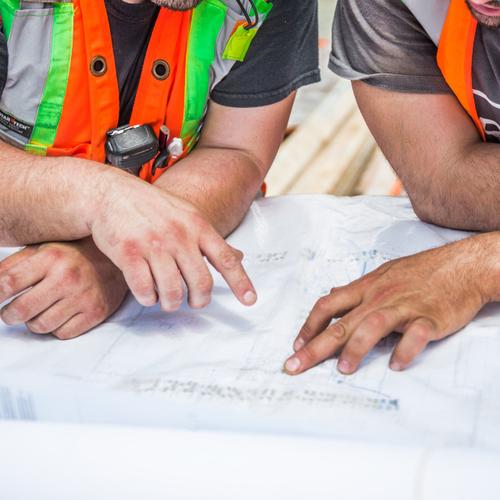Best Practices for Surmounting Obstacles in Construction Projects
Construction, broadly speaking, is the art of constructing space, whether it be for work, play, or all of the above. Through study, planning, design, and implementation, these spaces come to life, yet just like any project, there may be difficulties. After all, there are concerns regarding the machinery, supplies, and equipment. Then, there are the matters of reporting, payments, rules, and software. A building project’s full lifecycle is complex, but the most frequent problems can be avoided with careful planning and effective mechanisms in place. Here are the Best Practices for Surmounting Obstacles in Construction Projects:
Poor Project Management
Throughout the whole construction process, project management is crucial. To handle potential changes, emphasize the value of procedures, communicate across groups, and establish proper governance, good project management uses commitment, planning, and transparency. All of these tasks can be shared via building software.
Lack of communication is one of the primary reasons of risks, delays, and unanticipated costs. Information on all aspects of the project, such as design, management, assessment, approvals, health and safety issues, etc., should be easily accessible in a clear, comprehensive location in order to minimize such challenges. To overcome the issue of poor project management, skilled and experienced project managers are also crucial.
Project Changes that Happen Suddenly
Unexpected changes in a project can have serious repercussions. Such as raising construction costs, straining team dynamics, and impeding your ability to complete it on schedule. The best practices for navigating rapid changes in construction projects include maintaining an accurate record of information, making information easy to discover, and having a backup plan in place. Technology is also on your side in this situation. Construction information management systems (CIMS), BIM software, and document storage and interchange are all made possible by these systems. In the end, these technologically advanced methods direct construction projects toward success.
Construction delays and extra costs
Delays in buildings can be disastrous in every phase of the procedures. Not only can delays put project development at danger, but they also hurt owners’ and clients’ good faith relationships. Delays in building nearly always result in additional and unforeseen costs on top of raising risks and harming company relationships. Use guidelines, stages, and methodologies, as well as clearly defined roles and duties for each project participant, to prevent this from happening. Your chances of finishing projects on time and within budget at every stage can be improved by using high-quality and effective project management techniques in conjunction with a dependable method of communicating deadlines and expectations.
More on INJ Architects:
Recycling and Upcycling in Architecture: A Sustainable Choice
